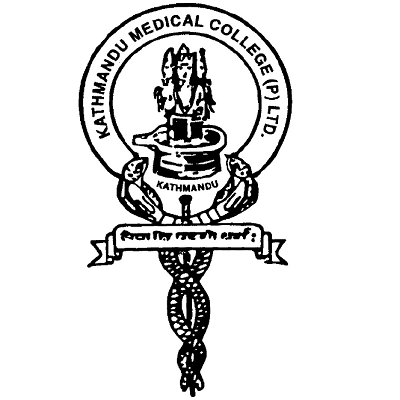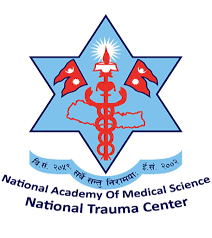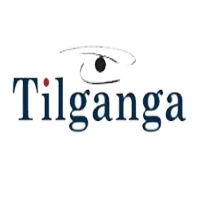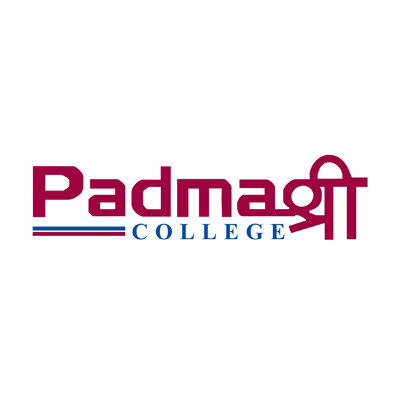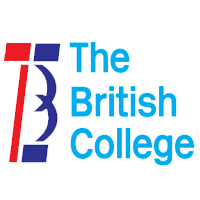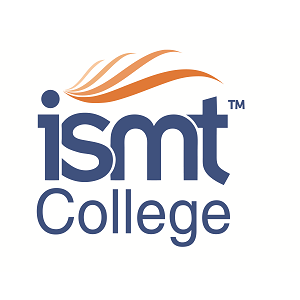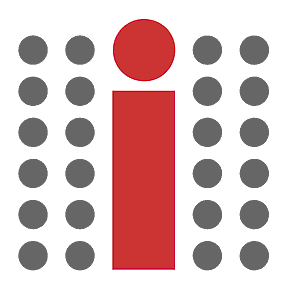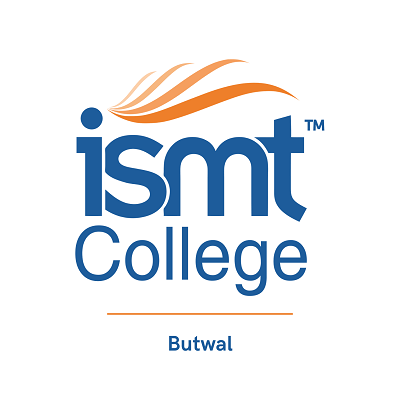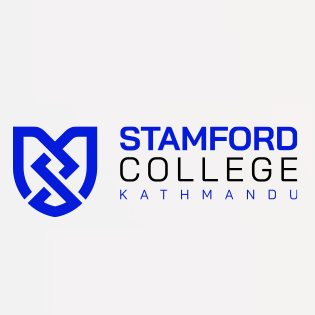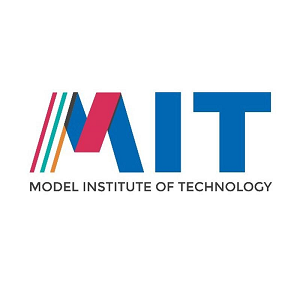Overview
MD Anaesthesiology at Nepalese Army Institute of Health Sciences (NAIHS) College of Medicine
MD Anaesthesiology at Nepalese Army Institute of Health Sciences (NAIHS) College of Medicine is a three-year postgraduate residency in anaesthesia, critical care, and perioperative medicine. The program runs under the Institute of Medicine (IOM), Tribhuvan University, where MD Anaesthesiology is recognised as a three-year MD/MS specialty program.
NAIHS College of Medicine functions as an army-run medical academy with academic programs approved by Tribhuvan University and regulated by the Medical Education Commission (MEC) and Nepal Medical Council (NMC). The main teaching hospital for this residency is Shree Birendra Hospital, a large tertiary-level Nepal Army hospital in Chhauni, which provides surgery, trauma care, intensive care, and emergency services for army personnel and civilians.
The Department of Anaesthesiology at NAIHS focuses on safe perioperative care, pain management, critical care, and clinical training for residents, while also supporting the operational needs of the Nepal Army Medical Corps. MD Anaesthesiology residents work within this environment, learning to care for high-acuity patients in operating theatres, intensive care units, emergency departments, and procedure rooms.
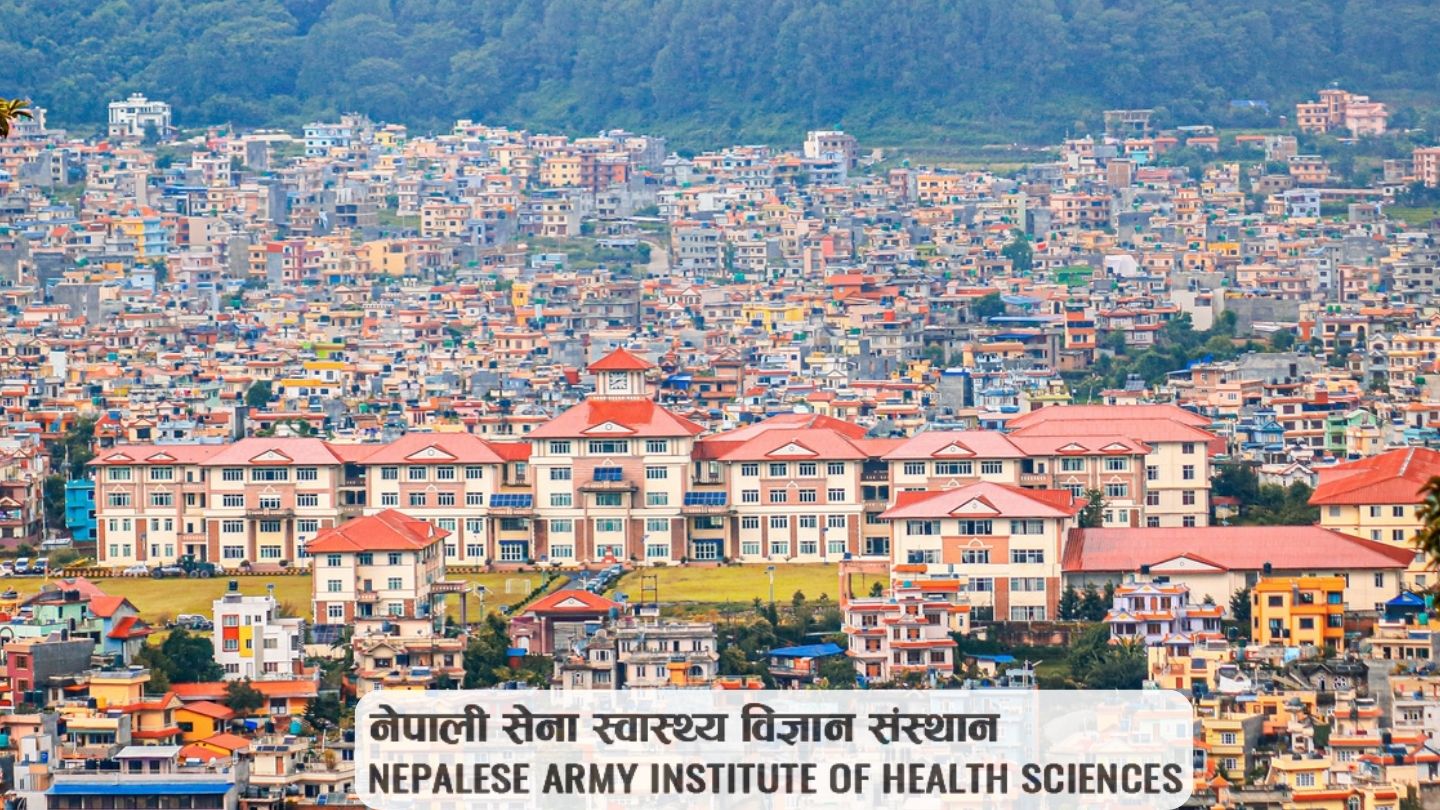
Highlights
-
Program: MD Anaesthesiology
-
College: Nepalese Army Institute of Health Sciences (NAIHS) College of Medicine
-
Affiliation: Tribhuvan University, Institute of Medicine (IOM)
-
Regulatory framework: Medical Education Commission (MEC), Nepal Medical Council (NMC)
-
Duration: 3 years, residency-based MD program
-
Total seats at NAIHS: 4 MD Anaesthesiology seats as per internal seat distribution.
-
Teaching hospital: Shree Birendra Hospital, Chhauni, Kathmandu (Army tertiary hospital with surgical and critical care services).
-
Key training areas: General anaesthesia, regional anaesthesia, perioperative medicine, ICU care, trauma resuscitation, pain management, emergency anaesthesia.
-
Entry route: MECEE-PG conducted by MEC, followed by national open-house matching and institutional admission process.
Curriculum Details
The MD Anaesthesiology curriculum follows the Tribhuvan University Institute of Medicine framework for MD/MS programs, which defines a three-year residency with structured clinical training, academic teaching, and research.
Across three years, residents gradually move from supervised junior roles to more independent senior responsibilities. Broadly, the learning pattern includes:
-
Foundations in anaesthesia, applied physiology, pharmacology of anaesthetic drugs, and basic ICU concepts.
-
Progressive exposure to different surgical specialties, intensive care, and emergency anaesthesia.
-
Research work leading to a thesis approved under IOM regulations.
Typical training components include:
-
Pre-anaesthetic assessment and optimisation of patients for elective and emergency surgery.
-
General anaesthesia for adult and paediatric procedures.
-
Regional techniques such as spinal, epidural, and peripheral nerve blocks.
-
Post-anaesthesia care and monitoring in PACU.
-
ICU rotations focusing on ventilator management, haemodynamic support, and organ support therapy.
-
Sedation and anaesthesia for radiology and minor procedures.
-
Trauma care, mass casualty drills, and support to military and disaster response operations, which are part of the army hospital mandate.
Teaching sessions usually cover journal clubs, seminars, case presentations, mortality and morbidity reviews, and thesis discussions according to IOM postgraduate guidelines.
Objectives
From the institution’s perspective, MD Anaesthesiology at NAIHS aims to:
-
Prepare specialists who can provide safe anaesthesia in elective and emergency settings.
-
Strengthen perioperative care and pain relief services in Shree Birendra Hospital and other linked facilities.
-
Develop clinicians who understand the needs of both civilian and military patients, including trauma and field-related conditions.
-
Encourage disciplined, ethical medical practice under national regulations and army service values.
-
Build capacity for future teachers, clinical supervisors, and researchers in anaesthesiology and critical care.
For you as a prospective resident, these objectives translate into a training environment where clinical responsibility, academic study, and service commitments are closely interlinked.
Scope
Anaesthesiology has expanding scope in Nepal. Surgical services and intensive care beds continue to grow in tertiary and provincial hospitals, including army hospitals and public or private institutions.
Graduates of MD Anaesthesiology from a Tribhuvan University–affiliated program recognised by NMC can:
-
Work as anaesthesiologists in government, army, or private hospitals.
-
Contribute to ICUs as critical care specialists, depending on institutional roles and further training.
-
Support trauma and disaster response teams, which is especially relevant in an army setting.
-
Join medical colleges and teaching hospitals as faculty after meeting academic and regulatory requirements.
-
Engage in pain clinics, perioperative medicine, and procedural sedation services.
The Society of Anaesthesiologists of Nepal and national guidelines on anaesthesia services recognise MD Anaesthesiology as the key qualification for specialist practice in anaesthesia.
Learning Outcomes
By the end of MD Anaesthesiology at NAIHS, students are expected to be able to:
-
Conduct pre-operative assessment, risk stratification, and optimisation for adult and paediatric patients.
-
Plan and administer safe general and regional anaesthesia for a wide spectrum of surgical procedures.
-
Maintain airway patency, manage difficult airways, and use adjuncts such as supraglottic devices, video-laryngoscopes, and fibreoptic scopes where available.
-
Manage intra-operative monitoring, fluid therapy, transfusion, and haemodynamic support.
-
Provide analgesia in the perioperative period, including epidural and nerve block techniques where indicated.
-
Run post-anaesthesia care and contribute to ICU teams in mechanical ventilation, shock management, sepsis care, and multi-organ support.
-
Handle emergencies such as cardiac arrest, anaphylaxis, massive haemorrhage, and trauma in coordination with surgical and emergency teams.
-
Interpret relevant laboratory and imaging investigations related to anaesthesia and critical care.
-
Communicate risk and consent issues with patients and families in a culturally sensitive way.
-
Maintain accurate records, logbooks, and engage in clinical audit and research.
Skill Development Modules
Residents gradually acquire a wide set of procedural and non-procedural skills, usually documented in logbooks under IOM rules.
Core technical skill areas include:
-
Airway skills: mask ventilation, endotracheal intubation, rapid sequence induction, supraglottic airway device use, and anticipated difficult airway strategies.
-
Regional anaesthesia: spinal, epidural, caudal, and peripheral nerve blocks; with growing use of ultrasound guidance where resources permit.
-
Vascular access: central venous cannulation, arterial line placement, and intra-osseous access in emergencies.
-
ICU procedures: ventilator setup, bronchoscopy-assisted procedures where available, chest drain management, and bedside ultrasound for haemodynamic assessment.
-
Resuscitation: adult and paediatric life support, trauma resuscitation, and mass casualty response drills, in alignment with army disaster-response roles.
Non-technical skills receive equal attention:
-
Teamwork in OT and ICU.
-
Situation awareness and decision-making in crisis situations.
-
Communication with surgeons, nurses, and allied staff.
-
Professionalism, ethics, and respect for institutional protocols and national guidelines.
Teaching Methodology
Teaching and learning in MD Anaesthesiology are structured around residency-style training, where real patient care is the central learning platform.
Key methods include:
-
Bedside teaching in OT, ICU, PACU, and emergency departments.
-
Morning handover meetings and case discussions.
-
Regular seminars, lectures, journal clubs, and topic reviews based on current evidence and guidelines.
-
Morbidity and mortality meetings that encourage reflective learning and patient safety awareness.
-
Simulation-based teaching where resources are available, especially for airway management and crisis scenarios.
-
Supervised research project leading to a thesis as per IOM requirements, with ethical clearance and structured supervision.
Supervision is usually provided by consultant anaesthesiologists with specialist registration in NMC, in line with national guidelines for anaesthesia services.
Admission Requirements
Admission to MD Anaesthesiology at NAIHS follows the national framework set by the Medical Education Commission for postgraduate programs.
General requirements include:
-
MBBS or equivalent degree from a recognised university.
-
Registration with Nepal Medical Council (or respective national council for foreign candidates).
-
Completion of the compulsory rotating internship.
-
Meeting MEC criteria for eligibility and documentation.
Selection normally proceeds through:
-
Common entrance examination MECEE-PG conducted by MEC. Candidates must achieve the minimum qualifying score (pass marks) set by MEC to be placed in the merit list.
-
Open-house matching and seat allocation at national level, where candidates choose programs such as MD Anaesthesiology at NAIHS based on rank and seat availability.
-
Institutional admission process at NAIHS, including verification of original documents and compliance with army and college regulations.
A portion of seats is reserved for Nepal Army Medical Corps officers as per NAIHS mandate, while remaining seats are open to civilian candidates according to MEC seat distribution notices.
Career Opportunities
After completing MD Anaesthesiology and registering as a specialist with the Nepal Medical Council, graduates can practise as anaesthesiologists across Nepal.
Possible roles include:
-
Consultant anaesthesiologist in tertiary hospitals, provincial hospitals, and trauma centres.
-
Anaesthesia and critical care specialist in Shree Birendra Hospital or other army and government hospitals, depending on service obligations and recruitment processes.
-
Faculty positions in medical colleges once academic and experience criteria are fulfilled.
-
Pain management and perioperative medicine services.
-
ICU leadership roles, especially when combined with further critical care training or fellowships.
Internationally, many Nepali anaesthesiologists pursue fellowships or employment abroad, subject to the host country’s recognition of qualifications and additional licensing requirements.
Scholarships and Financial Aid
For postgraduate programs, tuition fees and seat categories are regulated by the Medical Education Commission, which sets fee ceilings for MD/MS clinical sciences.
NAIHS follows MEC standards for seat distribution and fee ranges. College and MEC notices specify:
-
Scholarship or subsidised seats as per national policy.
-
Seats reserved for Nepal Army Medical Corps officers.
-
Paying seats for civilian candidates, within MEC-approved fee ceilings.
You should refer to the latest MEC seat distribution and NAIHS admission notices for exact fee amounts, scholarship categories, and any service obligations linked to subsidised seats, as these can change between academic sessions.
Why Choose MD Anaesthesiology at NAIHS College of Medicine?
Choosing this course at NAIHS may appeal to you if you:
-
Want structured MD training under Tribhuvan University with strong exposure to OT, ICU, trauma, and emergency care.
-
Prefer a disciplined learning environment within an army teaching hospital that manages both civilian and military patients.
-
Value clear departmental goals around perioperative safety, critical care, and clinical research in anaesthesia.
-
Plan a career that combines clinical service, teaching, and leadership in operating theatres and intensive care units.
For many residents, daily exposure to emergency surgery, trauma, and critical care in Shree Birendra Hospital builds confidence in managing complex cases under supervision, which later translates into independent practice.
Conclusion
MD Anaesthesiology at NAIHS College of Medicine offers a structured Tribhuvan University–affiliated residency grounded in perioperative medicine, critical care, and pain management, delivered within the unique context of an army teaching hospital.
If you are a doctor with an MBBS degree who is drawn to operating theatres and high-acuity care, this program gives you a clear, regulated pathway towards specialist registration and a long-term career in anaesthesia and intensive care in Nepal. The information here is for academic and career-planning purposes and does not replace official admission notices or professional medical advice.
Frequently Asked Questions (FAQ)
1. What is the duration of MD Anaesthesiology at NAIHS?
The program runs for three years as a residency under Tribhuvan University, Institute of Medicine.
2. How many MD Anaesthesiology seats are available at NAIHS?
NAIHS College of Medicine currently allocates four MD Anaesthesiology seats according to its internal postgraduate seat distribution table, subject to MEC and university approval each academic year.
3. Which entrance exam is required for admission?
Admission normally requires passing the Medical Education Commission’s MECEE-PG postgraduate entrance examination and then securing a seat through the national matching process, followed by NAIHS institutional admission.
4. What is the role of Shree Birendra Hospital in this residency?
Shree Birendra Hospital serves as the main teaching hospital, providing operation theatres, ICU beds, emergency services, and army-linked clinical exposure for MD Anaesthesiology residents.
5. Is MD Anaesthesiology from NAIHS recognised for specialist practice in Nepal?
Yes. The program runs under Tribhuvan University affiliation and is regulated by MEC and NMC. Graduates who fulfil NMC registration criteria can register as specialists and practise anaesthesiology in Nepal.
6. Where can I find the latest information on fees and scholarships?
Updated details on fees, scholarship categories, and seat distribution are published through official MEC notices and NAIHS admission announcements. You should check the MEC entrance portal and NAIHS website for the latest academic year notices before applying.


